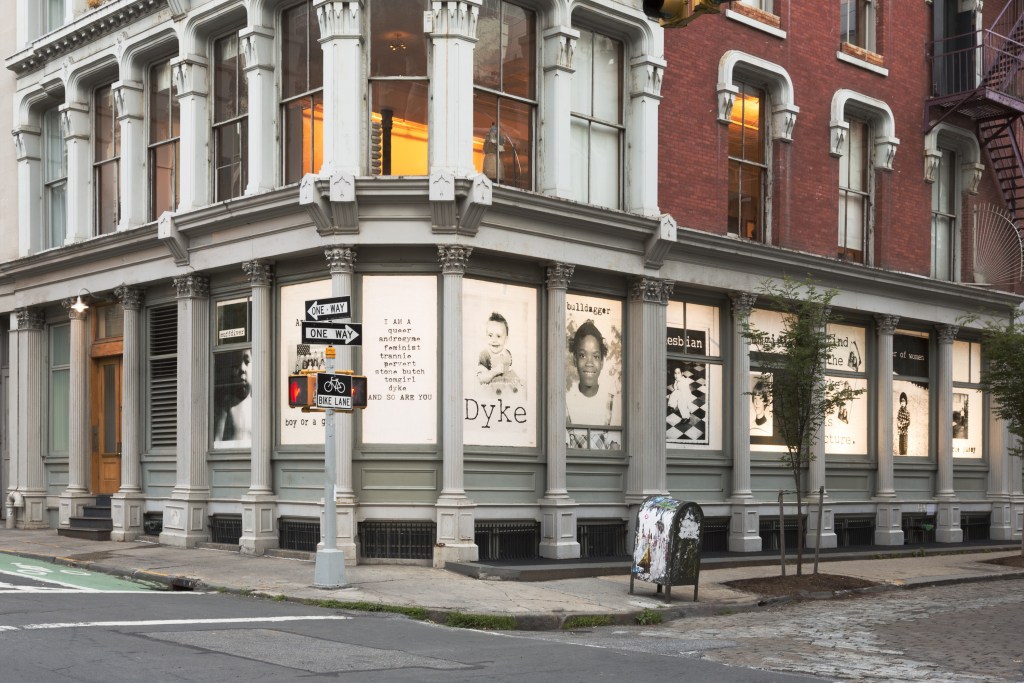When it comes to museum exhibits and collections, diversity is not always key — in one sense of the word. While it is important that we see all groups have a space to explore their history and identity among peers and the rest of the public, the most effective collections are not always a mix of many different art pieces or artifacts from all over the globe. Many times, ephemera of the same or similar origin will be displayed together in order to show a more thorough and cohesive story of a particular culture. However, when we select one identity to be the basis of our exhibit and museum construction, are we actually placing these groups into a box, or miniaturizing their personhood in order to emphasize just one of their many idenitities? Are culturally specific museums a good thing?
Reader, if I asked you to describe yourself as a person, what would you start with? Would you say that you are an American? That you are Catholic, or Jewish, or Muslim? Or would you say that you enjoy sports, or reading history blogs? Most of all, would you say just one of these things, and stop there? That is where some Culturally Specific museums and exhibits fall short. By supporting a familiar narrative about a particular group, the museum-goer doesn’t come away with anything they didn’t already bring with them.
However, when a Culturally Specific museum is done well, it can show the diversity and complexity of both history and identity that a group can have. One particular Museum that I feel does this well is the Contemporary Jewish Museum in San Francisco. By presenting the many talents and identities encompassed within being Jewish, we are able to have a conversation about how the identity has changed, and shaped around the modern era. The CJM is not just for Jewish people, it is for all people to learn and be able to converse intelligently about what they may not have known, or simply may have assumed.
Maximilíano Durón writes that “cultural institutions are social institutions”, and I wholly believe this to be true. When we are able to walk into a museum and explore an identity that we do not apply to ourselves, our understanding and empathy for other human beings expands, and our minds can begin to conceive of what it may be like to exist as this other person, with their other identity. Even when something appears uncomfortable to the viewer, or controversial, we are able to ask why this artifact or display causes us discomfort, or why we don’t talk more freely about its subject matter.
All this to say, the Culturally Specific museum is able to both close our minds and open them, put us in boxes and allow us to escape them. It is up to the many hard-working museum staff and organizers that we see liberation rather than shackles. As for whether or not the Culturally Specific museum is just another box to put people in? It doesn’t have to be.

